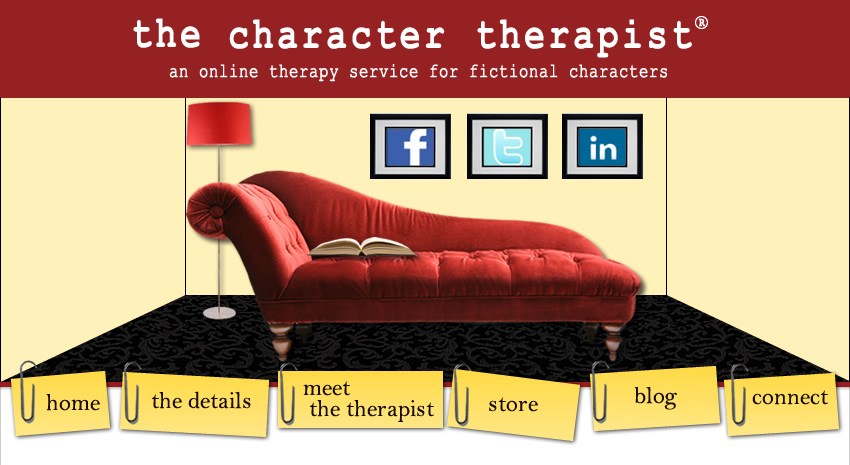The "Good"
The Caregiver does just that...gives care, unselfishly, compassionately, and generously. They are supportive, understanding, empathetic, encouraging, and optimistic. They draw people to them by their innate altruistic personalities, dedication, and patience.Caregivers are most fulfilled when they are making a difference in the life of someone else. They actually expect very little in return. They are dedicated to demonstrating their support to others, which can found in their ability to listen, stay positive, advocate for others, and provide counsel.
Others always come first, self second. Responding to needs is exciting and challenging to them. They always see the silver lining in people and situations, responding with reassurance and empathy.
The "Bad"
 The Caregiver has a tendency to be unable to say no to others. Resentment can set in when too many demands are made of an overly compromising Caregiver, and eventually, this can lead to self-martyrdom. They take a risk in their pursuit to help others, and can end up getting harmed themselves, whether this comes in the form of burnout, being too much of a doormat, or being exploited.
The Caregiver has a tendency to be unable to say no to others. Resentment can set in when too many demands are made of an overly compromising Caregiver, and eventually, this can lead to self-martyrdom. They take a risk in their pursuit to help others, and can end up getting harmed themselves, whether this comes in the form of burnout, being too much of a doormat, or being exploited.Some Caregivers have a hard time with balancing self-care with care for others, and can work themselves and others until they drop. They might engage in guilt-tripping others or pushing a personal agenda on others. Some Caregivers might only help others for personal gain or fame, or even infer that they are the only means of helping others achieve health, almost like a savior complex.
The insatiable needs to "fix" everyone and make everyone happy are impossibly tasks. This means the Caregiver is often trying to please everyone and being everything to each person, which is exhausting. This can also make the Caregiver seem wishy-washy, like s/he has no ideals for which to stand.
Likely Goals
To protect othersTo care for and help others
To make a difference
Likely Fears
To be selfishTo be ungracious
To burn out
Examples in the Media
-->Julie Andrews as Maria in The Sound of MusicSandra Bullock as Leigh Anne Tuohy in The Blind Side
Julie Andrews as Mary Poppins
Gregory Peck as Atticus Finch in To Kill A Mockingbird
Liam Neeson as Oskar Schindler in Schindler's List
Jessica Brown Findlay as Lady Sybil in Downton Abbey
Emma Thompson as Elinor Dashwood in Sense and Sensibility
Renee Zellweger as Dorothy Boyd in Jerry Maguire
Archetypes Who've Completed Therapy
The InnocentThe Orphan
The Hero








